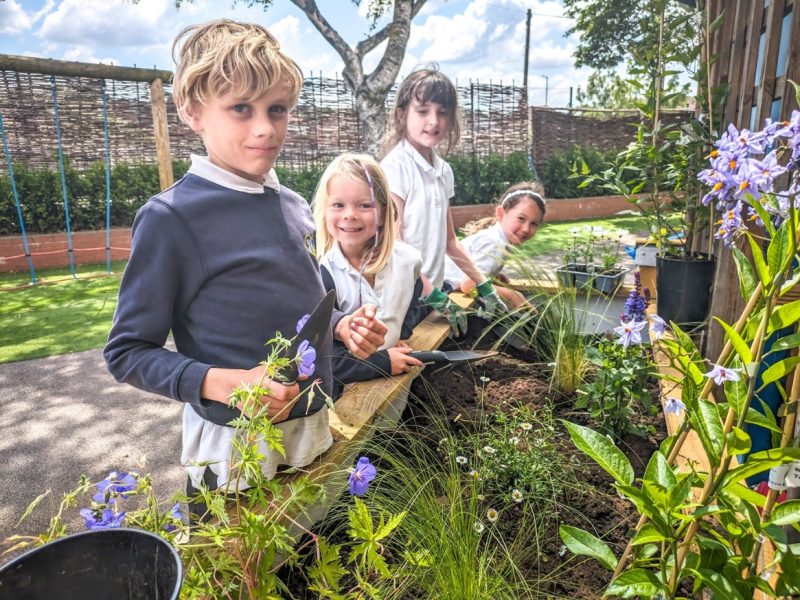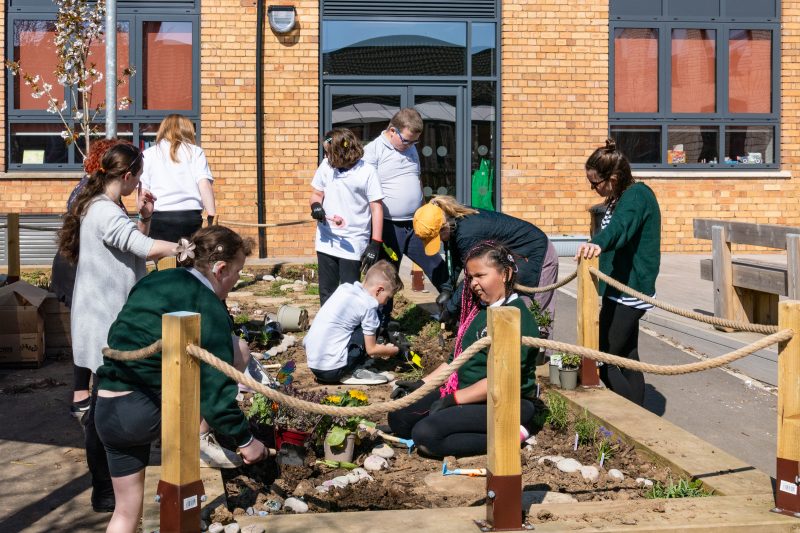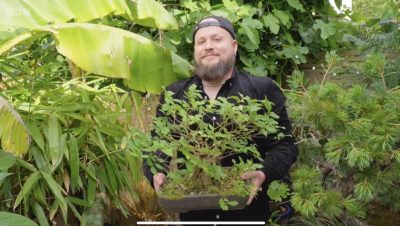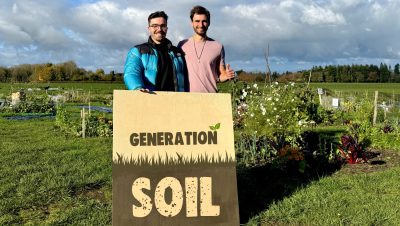News / Wildlife
2,000 children create wild spaces for butterflies
It may be an illusion of the season, but butterflies appear to be having a moment.
If the prettily patterned pollinators seem abundant this year, local school children could have something to do with it.
More than 2,000 children from 47 primary schools across Bristol and Weston have created over 750m² of wild habitat to help butterflies and moths thrive.
is needed now More than ever
Pupils from schools including St Nicholas of Tolentine Primary, Ashley Down Primary and Henleaze Infant School have planted wildflower meadows, green walls and floral raised beds over the last 18 months as part of the Bristol Wild Spaces project.

Victoria Park Primary was one of the schools that took part in the Bristol Wild Spaces project – photo: Angus Walker
Working with limited outdoor space, the Ashley Down pupils created a green wall with caterpillar food plants such as Bird’s-foot Trefoil and ivy, since visited by Common Blues and Holly Blues.
“This is so nice because I’ve never done anything like this before and I love plants,” a reception pupil at the school said.
A Year 4 pupil at Henleaze Infant School said: “I don’t get to do stuff like this much because I don’t have a garden at home, so I’m really enjoying it.”

The green wall at Ashley Down Primary created vertical habitat for butterflies by installing planters full of pollinator-friendly plants across a playground wall – photo: Angus Walker
The Bristol Wild Spaces project was coordinated by Butterfly Conservation, which provided funding for plants and tools, and supported by the charity’s project officer Angus Walker who trained teachers in managing the new green spaces and in outdoor teaching methods.
“This has been such a joyful project to work on,” said Walker, who also gave away more than 600 plants to parents and guardians to grow at home.
“Lots of these children live in really built-up areas without gardens, so it’s just been great to see them enjoying getting outside and connecting with nature while doing something really positive for urban butterflies and moths.”

Elmfield School was another which set aside dedicated space for pollinators, with pupils putting in plants for wildlife and sowing wildflower seeds, in what one headteacher called an ‘inspiring and empowering experience’ – photo: Steve Gray
The project was launched in response to the dramatic decline in butterflies and moths. 2024 was reportedly the fifth worst year since 1976 for butterflies in the UK, with more than half of species in significant long term decline due to pollution, pesticide use and habitat loss.
Butterflies are vital pollinators, maintaining plant biodiversity and serving as food for other wildlife. Urban habitats help wildlife to thrive, providing rest and sustenance as they move through the landscape.
They are also helpful environmental indicators, with their presence demonstrating the health of the wider natural environment.
Butterfly Conservation is calling for participants to help monitor the situation in this year’s Big Butterfly Count.
Main image: Steve Gray
Read next:
 Our newsletters emailed directly to you
Our newsletters emailed directly to you




















